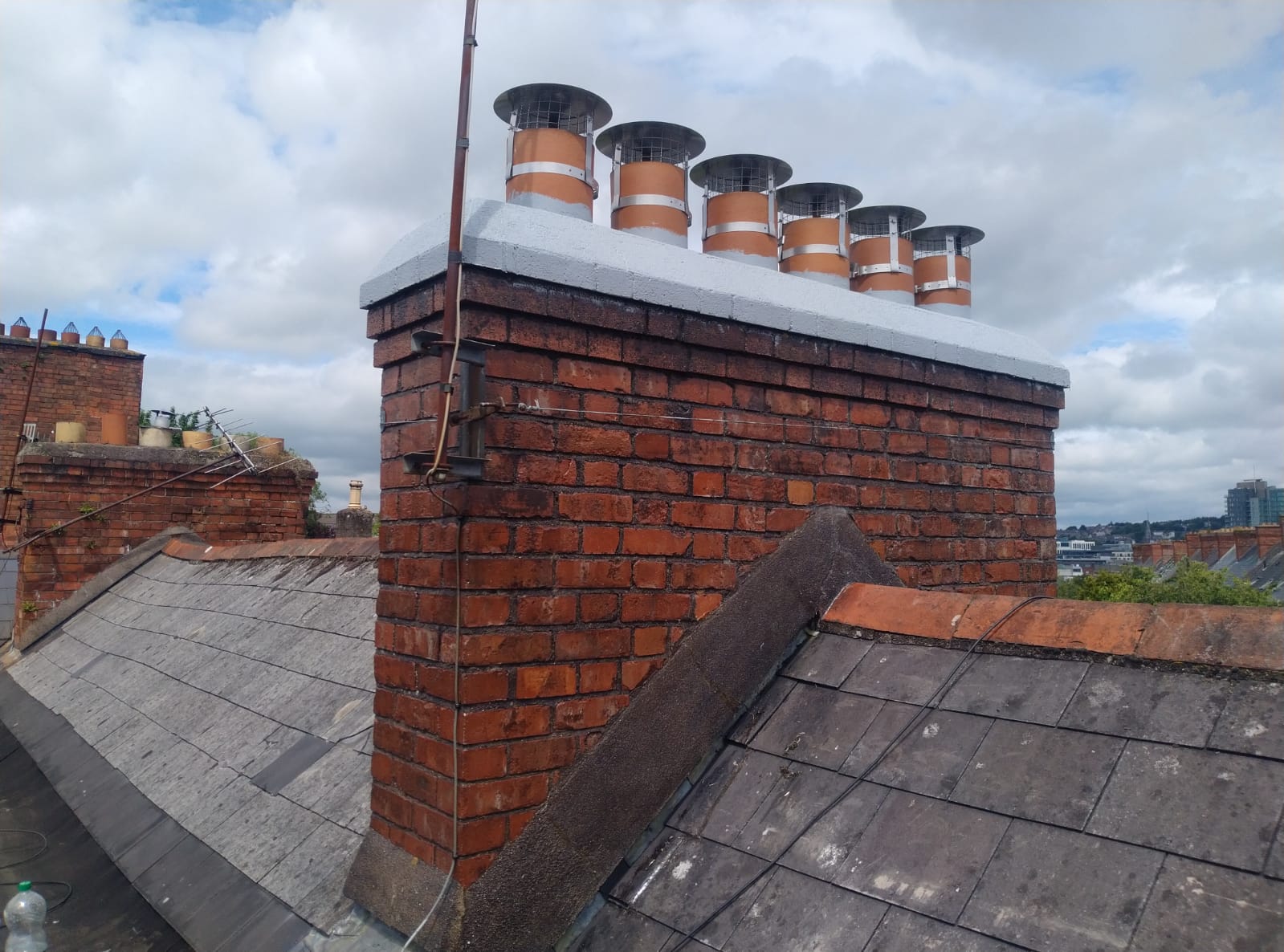

Articles
How To Block A Chimney Off
Modified: October 20, 2024
Learn how to block off a chimney with our informative articles. Protect your home and prevent drafts with our step-by-step guide.
(Many of the links in this article redirect to a specific reviewed product. Your purchase of these products through affiliate links helps to generate commission for Storables.com, at no extra cost. Learn more)
Introduction
Welcome to this comprehensive guide on how to block off a chimney. Whether you’re looking to temporarily seal your chimney or permanently close it off, this article will provide you with all the information you need. Blocking off a chimney can be done for various reasons, such as preventing drafts, reducing energy loss, or ensuring the safety of your home. Before we dive into the steps, let’s first understand the materials you’ll need and the importance of properly blocking off your chimney.
When it comes to blocking off a chimney, safety should be your top priority. A chimney that is left open can become a potential hazard, allowing debris, pests, or even weather elements to enter your home. Additionally, an open chimney can cause drafts, leading to energy inefficiency and increased heating or cooling costs.
By following the steps outlined in this guide, you’ll be able to effectively block off your chimney, ensuring that it remains secure and well-sealed. Keep in mind that while some steps may be suitable for temporary blocking, others may provide a more permanent solution. Choose the method that best suits your needs and consult with a professional if you are unsure about any aspect of the process.
Now that we understand the importance of blocking off a chimney, let’s move on to the first step: gathering the necessary materials.
Key Takeaways:
- Ensure safety, energy efficiency, and home functionality by effectively blocking off your chimney using a chimney cap, sealing the flue, and reinforcing the chimney top. Regular monitoring is key to long-term effectiveness.
- By following comprehensive steps, you can confidently block off your chimney, preventing drafts, pests, and energy loss. Consult professionals for guidance and enjoy a safe, well-sealed home.
Read more: How To Build A Block Chimney
Step 1: Gather necessary materials
Before you begin blocking off your chimney, it’s essential to gather all the required materials. Having everything you need on hand will help streamline the process and ensure that you don’t encounter any delays or setbacks. Here is a list of materials you’ll typically need:
- Chimney cap or cover: This is a protective covering that goes over the top of the chimney.
- Chimney brush: If your chimney has excessive soot or debris, a chimney brush will help you clean it out.
- Chimney plug: A chimney plug is a temporary solution to block off the chimney and can be easily removed when needed.
- Chimney balloon: Similar to a chimney plug, a chimney balloon is an inflatable device that can be inserted into the flue to block airflow.
- Fireproof insulation: This is used to fill any gaps or cracks around the chimney to prevent drafts.
- Measuring tape: To ensure accurate measurements for the chimney cap or cover.
- Safety equipment: Don’t forget to wear gloves, safety goggles, and a dust mask to protect yourself during the process.
When purchasing these materials, it’s crucial to choose high-quality products that are suitable for your specific chimney type and size. Consult with a professional or refer to the manufacturer’s guidelines to ensure you make the right choices.
Once you have gathered all the necessary materials, it’s time to move on to the next step: preparing the chimney.
Step 2: Prepare the chimney
Before you move forward with blocking off your chimney, it’s essential to properly prepare it. This step involves inspecting the chimney, removing any debris or soot, and ensuring that it is in good condition. Follow these guidelines to prepare your chimney:
- Inspect the chimney: Carefully examine the chimney from both the interior and exterior. Look for any signs of damage, such as cracked bricks, loose mortar, or deteriorating chimney flue. If you notice any significant issues, it’s best to consult with a professional chimney inspector or repair technician.
- Clean the chimney: If your chimney has excessive soot or debris, it’s crucial to clean it out before blocking it off. Use a chimney brush to sweep away any loose particles, ensuring that the flue is clear. This step is particularly important if you plan on permanently blocking the chimney, as it will prevent the buildup of substances that can cause odors or damage over time.
- Seal any gaps or cracks: Inspect the area around the chimney for any gaps or cracks that can cause drafts. Use fireproof insulation or sealant to fill in these openings, creating a tight seal. This will prevent air leakage and help maintain the energy efficiency of your home.
By properly preparing your chimney, you ensure that it is in good condition and ready for blocking off. This step is crucial to prevent any further damage and maintain the overall integrity of your chimney structure.
Now that you’ve prepared the chimney, it’s time to move on to the next step: installing a chimney cap or cover.
Step 3: Install a chimney cap
Installing a chimney cap is an effective way to block off your chimney while still allowing for proper ventilation. A chimney cap is a protective covering that goes over the top of the chimney, preventing debris, pests, and weather elements from entering your home. Follow these steps to install a chimney cap:
- Measure the chimney: Use a measuring tape to determine the dimensions of your chimney. This will ensure that you choose a chimney cap that fits properly.
- Select a chimney cap: There are different types of chimney caps available, including stainless steel, copper, or galvanized steel. Choose a cap that is suitable for your chimney’s size and material.
- Access the chimney: Safely access the top of your chimney, either by using a ladder or hiring a professional if necessary. Make sure to take all necessary safety precautions.
- Secure the chimney cap: Follow the manufacturer’s instructions to secure the chimney cap in place. This typically involves attaching it to the chimney crown or using brackets and screws. Ensure that the cap is securely fastened to withstand strong winds and weather conditions.
- Check for proper ventilation: After installing the chimney cap, confirm that it allows for proper ventilation. There should be adequate airflow while still preventing debris or animals from entering the chimney.
Installing a chimney cap not only blocks off the chimney but also provides added protection to your home. It helps prevent moisture from entering the chimney and causing damage, keeps out animals or birds that may try to make nests, and reduces downdrafts that can lead to poor indoor air quality.
With the chimney cap securely installed, it’s time to move on to the next step: sealing the chimney flue.
To block off a chimney, use a chimney balloon or install a chimney cap. Both options will prevent drafts and debris from entering the chimney.
Step 4: Seal the chimney flue
Sealing the chimney flue is an important step in blocking off your chimney completely. The flue is the opening inside the chimney that allows air and smoke to escape when a fire is burning. By properly sealing the flue, you can prevent drafts, energy loss, and the entry of pests or debris. Follow these steps to seal the chimney flue:
- Ensure safety: Before sealing the chimney flue, make sure that there is no active fire or smoldering embers. It’s essential to wait until the fireplace or stove has cooled down completely.
- Clean the flue: Use a chimney brush to clean the flue and remove any soot or debris that may be present. This will help create a smooth surface for sealing.
- Choose a sealing method: There are different options available to seal the chimney flue, depending on whether you want a temporary or permanent solution. Two common methods include using a chimney plug or a chimney balloon.
- Chimney plug: A chimney plug is a durable and reusable device made of inflatable rubber or foam. It is inserted into the chimney flue to block airflow and can be easily removed when needed.
- Chimney balloon: A chimney balloon is similar to a chimney plug but is specifically designed to inflate and seal the flue. It is made of a durable material that expands to fit the flue’s dimensions.
- Install the sealing device: Follow the manufacturer’s instructions to install the chimney plug or balloon securely. Ensure that it fits snugly inside the flue, blocking any air from entering or escaping.
By sealing the chimney flue, you effectively block off any air movement in or out of the chimney. This helps maintain energy efficiency, prevents drafts, and ensures that pests or debris do not enter your home.
Now that the chimney flue is sealed, let’s move on to the next step: securing the chimney top.
Read more: How To Block Chimney Draft
Step 5: Secure the chimney top
Securing the chimney top is an additional measure to ensure that your chimney remains blocked off effectively. While installing a chimney cap provides some level of security, reinforcing it further can prevent any unwanted openings or potential damage. Follow these steps to secure the chimney top:
- Inspect the chimney cap: Check the chimney cap to ensure that it is securely attached and in good condition. Tighten any screws or brackets if necessary.
- Apply sealant: Use a high-quality weatherproof sealant around the edges of the chimney cap where it meets the chimney. This will create an additional barrier against moisture and pests.
- Install mesh or wire: For added protection against small animals or birds, consider installing mesh or wire around the chimney cap. This will prevent them from accessing the chimney through any gaps or openings.
- Secure access points: Check for any other access points on the chimney, such as vents or gaps between bricks. Use sealant or wire mesh to cover these areas and ensure that they are properly sealed.
By securing the chimney top, you can minimize the risk of any unwanted entry into your chimney. This additional step provides extra protection against pests and further enhances the effectiveness of the chimney cap in blocking off the chimney.
With the chimney top securely reinforced, it’s time to move on to the final step: monitoring for any potential issues.
Step 6: Monitor for any potential issues
After you’ve blocked off your chimney, it’s important to monitor it regularly for any potential issues. This will ensure that the blockage remains secure and functioning as intended. Here are some essential points to keep in mind during this monitoring process:
- Regular visual inspections: Check the chimney periodically to visually inspect the chimney cap, sealing devices, and the overall condition of the chimney. Look for any signs of damage, wear and tear, or potential openings.
- Check for signs of moisture: Keep an eye out for any signs of moisture or water damage, both inside and outside of the chimney. This can indicate a potential issue with the blockage or a chimney leak that may need to be addressed.
- Monitor for unwanted pests: Look for any signs of pests or animals attempting to access the chimney. Ensure that the mesh or wire installed around the chimney cap is still intact and effective.
- Test for drafts: Occasionally, perform a draft test to check for any air movement or drafts around the blocked chimney. This can be done by using a lit candle or a smoke stick to detect any airflows.
- Take necessary maintenance steps: If you notice any issues or concerns during your monitoring, take the necessary steps to address them. This may involve repairing or replacing the chimney cap, sealing devices, or calling a professional chimney sweep or repair specialist.
Regular monitoring will help you identify and address any potential issues before they become major problems. By taking proactive steps, you can ensure that your chimney remains properly blocked off and functioning as intended.
Congratulations! You’ve completed all the steps necessary to effectively block off your chimney. By following these guidelines, you’ve taken an important measure to maintain the safety, energy efficiency, and functionality of your home.
Remember, if you are unsure about any aspect of the blocking process or encounter any significant issues, it’s always best to consult with a professional chimney specialist for guidance and assistance.
Ensure that you periodically monitor and maintain your blocked chimney to ensure its continued effectiveness and peace of mind in the long run.
Conclusion
Blocking off a chimney is an essential step to ensure the safety, energy efficiency, and functionality of your home. By following the comprehensive steps outlined in this guide, you have learned how to effectively block off your chimney using various methods and materials.
The process began with gathering the necessary materials, including a chimney cap or cover, chimney brush, chimney plug or balloon, fireproof insulation, measuring tape, and safety equipment. With these materials in hand, you were well-prepared to move on to the subsequent steps.
Preparing the chimney involved inspecting it for any damage, cleaning out the soot and debris, and sealing any gaps or cracks to prevent drafts. This step ensured that your chimney was in good condition and ready for blocking.
Installing a chimney cap provided a protective covering that prevented debris, pests, and weather elements from entering your chimney. It also allowed for proper ventilation, ensuring that your home remained safe and well-ventilated.
Sealing the chimney flue further blocked off any airflow, preventing drafts and energy loss. This step involved choosing a suitable sealing method, such as a chimney plug or chimney balloon, and installing it securely inside the flue.
Securing the chimney top added an extra layer of protection by inspecting and reinforcing the chimney cap, applying sealant, and installing mesh or wire to deter small animals or birds from accessing the chimney.
Lastly, monitoring for potential issues ensures that your blocked chimney remains secure and functioning properly. Regular visual inspections, checking for signs of moisture, monitoring for pests, and conducting draft tests will help you identify and address any concerns that may arise over time.
Blocking off your chimney is a significant step towards maintaining the safety, energy efficiency, and functionality of your home. By implementing these steps and monitoring for potential issues, you can enjoy the benefits of a well-sealed chimney for years to come.
Remember, if you are unsure about any aspect of the process or encounter significant issues, it’s always best to consult with a professional chimney specialist for guidance and assistance.
So go ahead, block off your chimney following these steps, and enjoy the comfort and peace of mind knowing that your home is protected and energy-efficient.
Frequently Asked Questions about How To Block A Chimney Off
Was this page helpful?
At Storables.com, we guarantee accurate and reliable information. Our content, validated by Expert Board Contributors, is crafted following stringent Editorial Policies. We're committed to providing you with well-researched, expert-backed insights for all your informational needs.
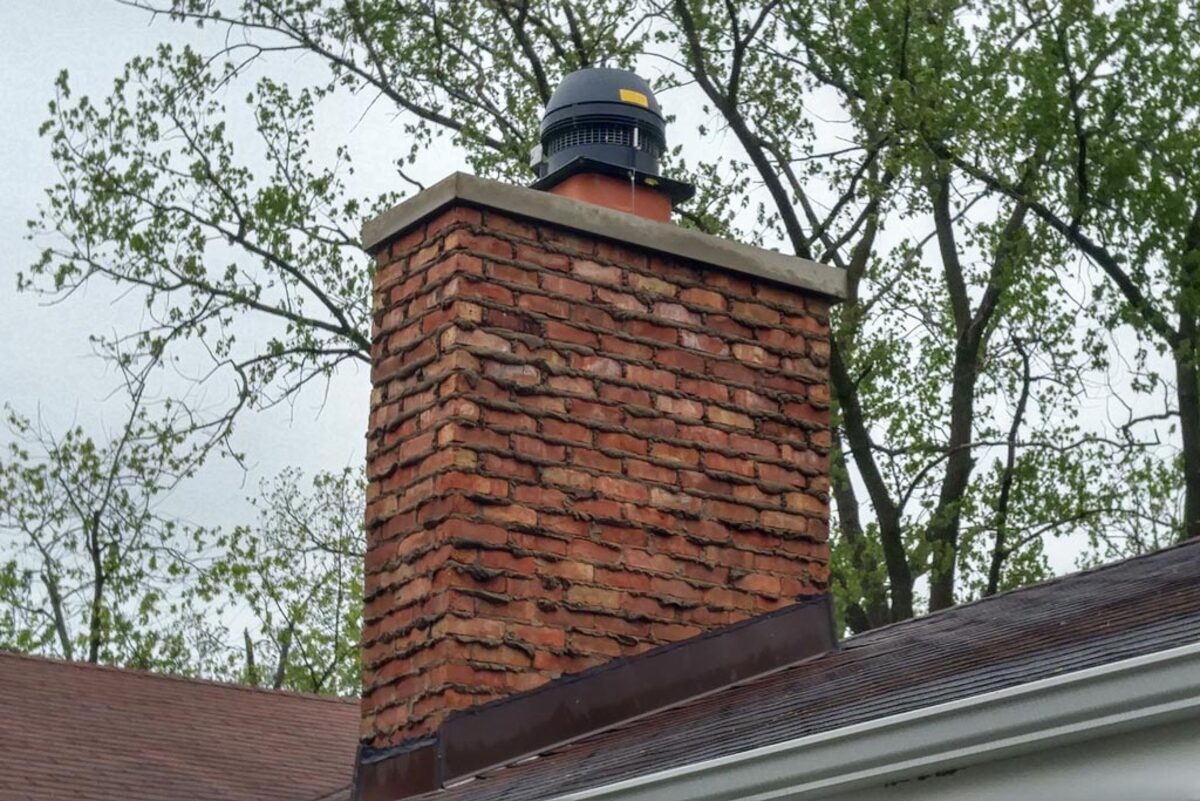
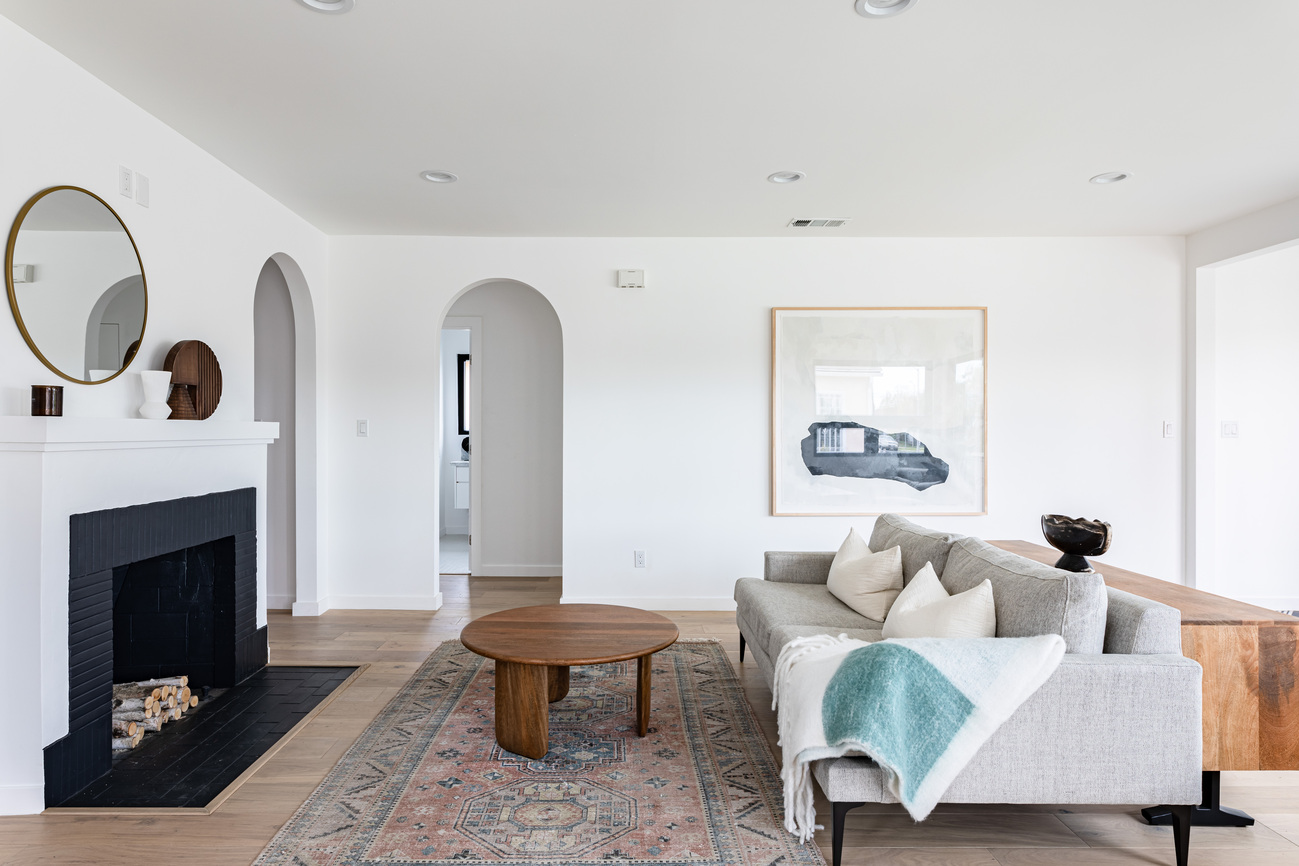
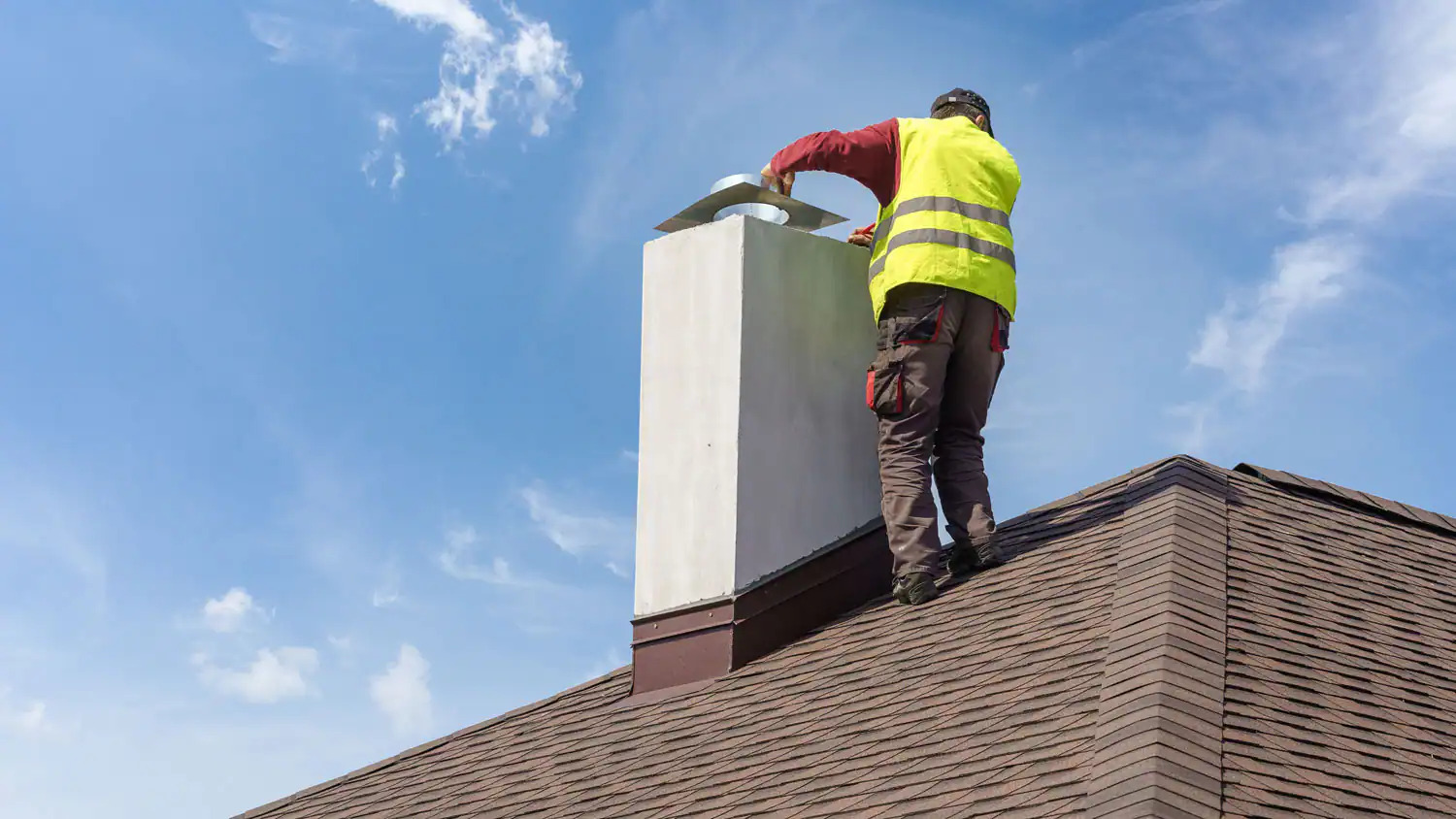
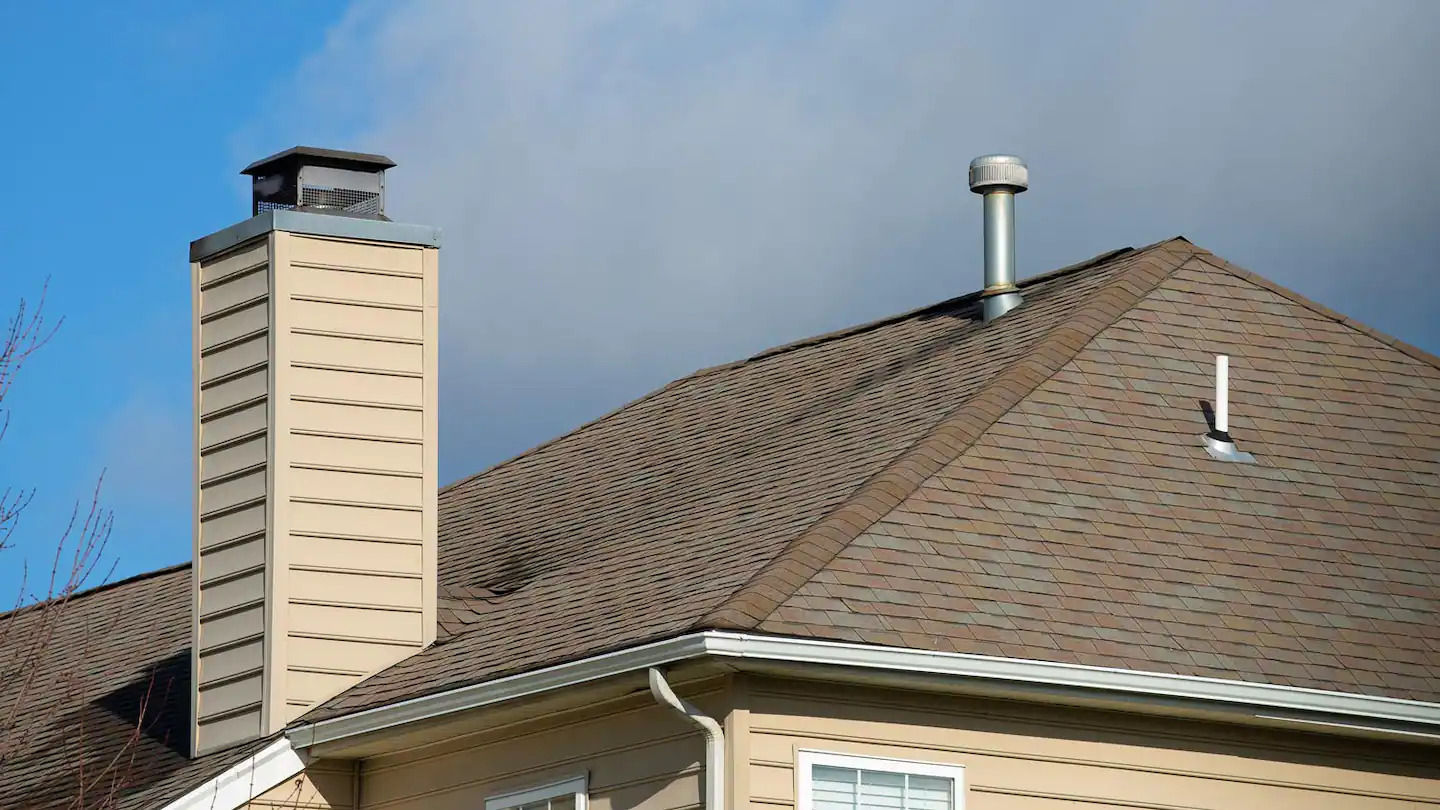
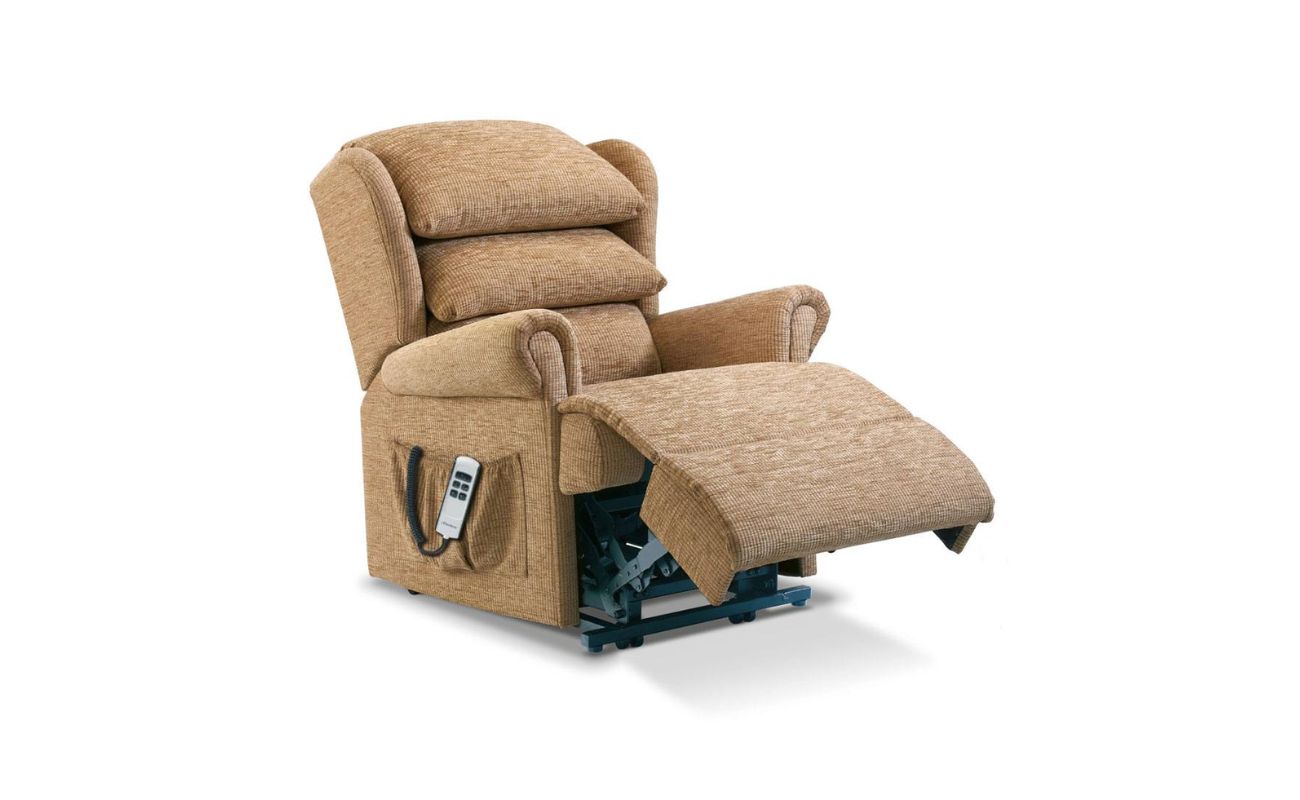
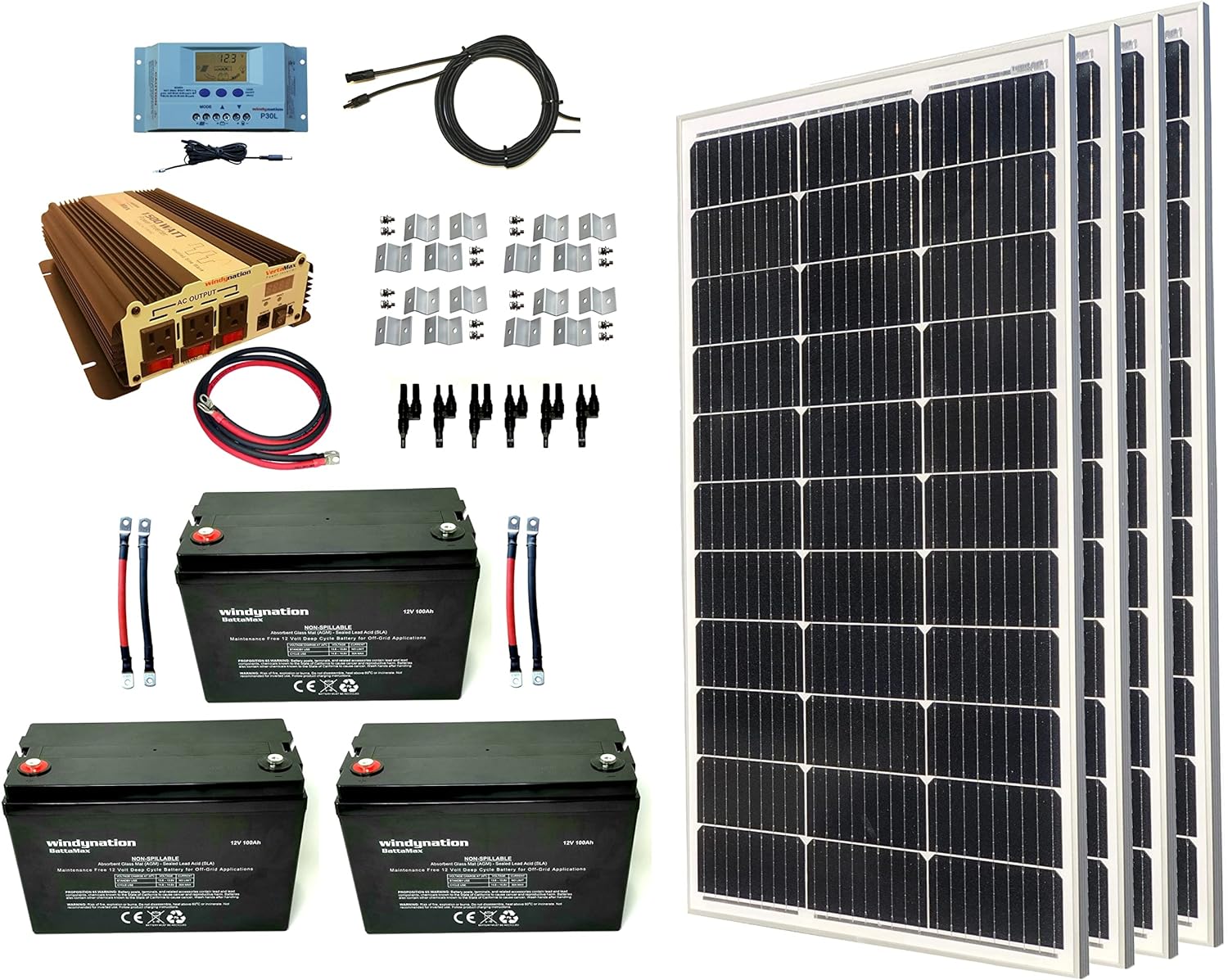
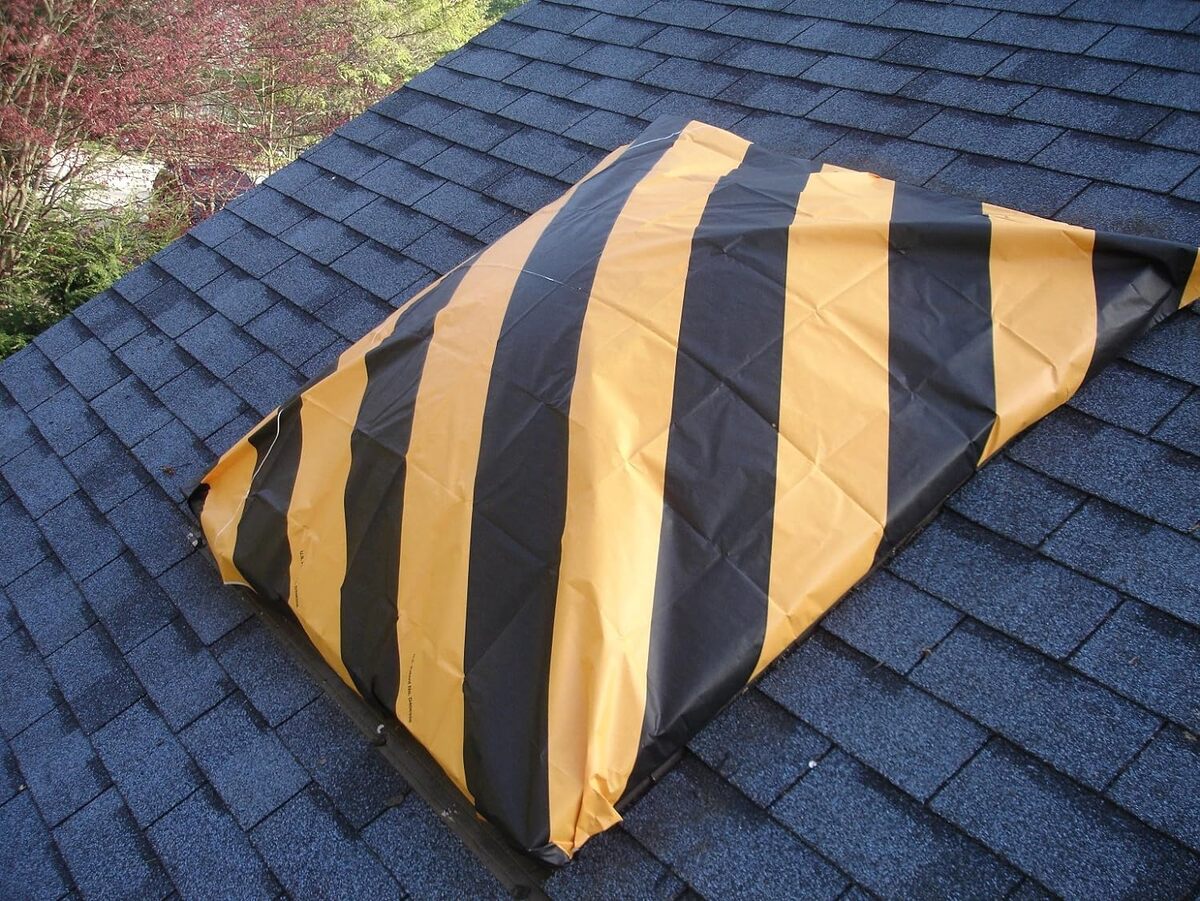

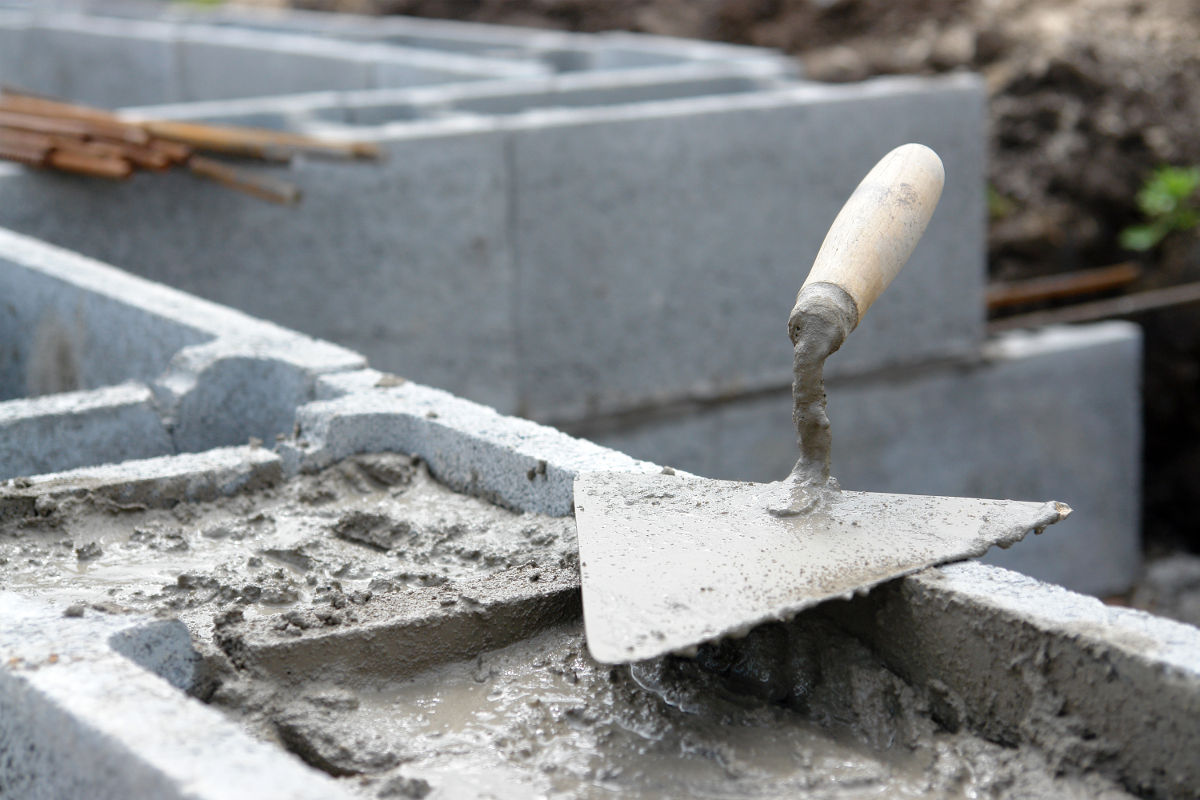
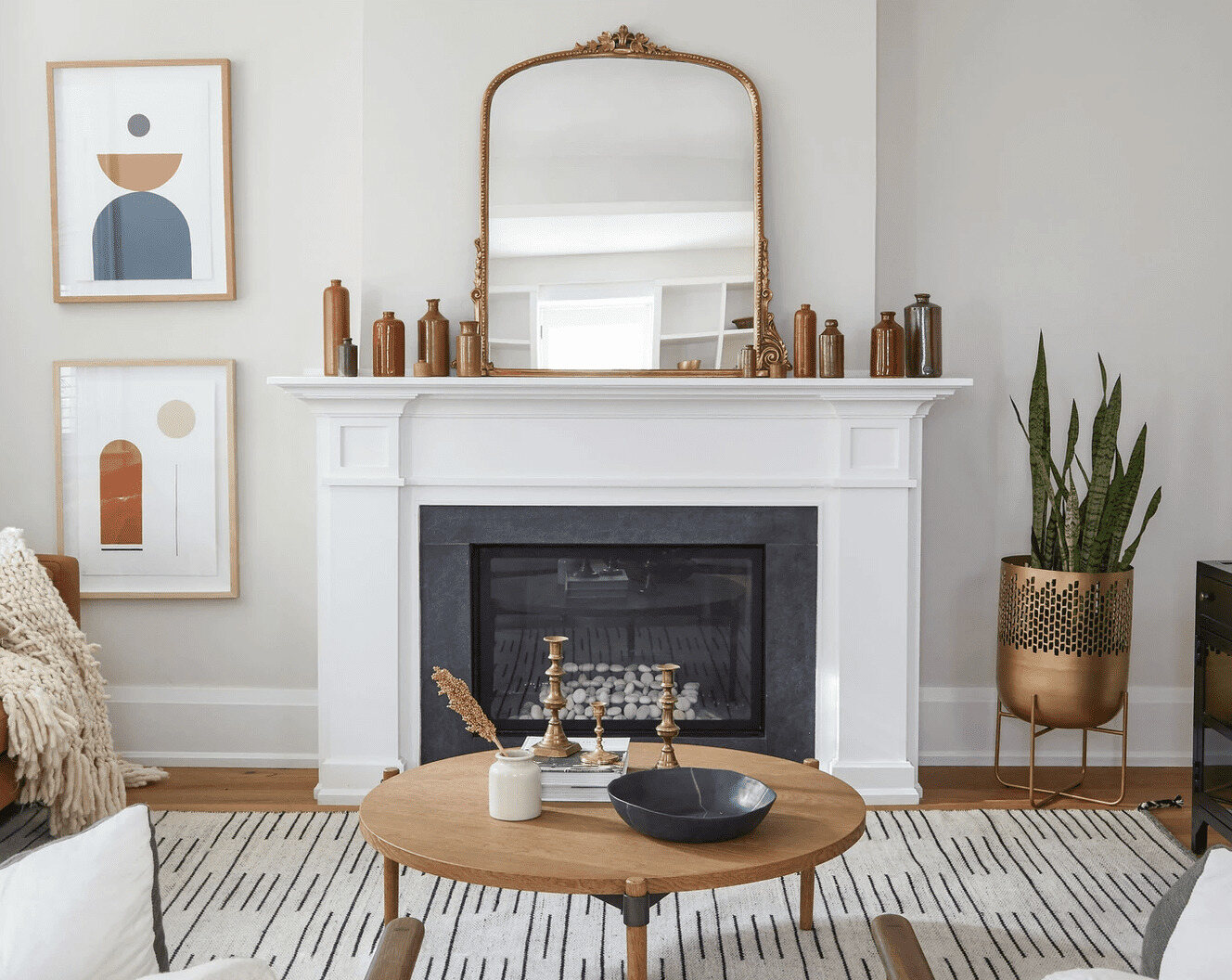
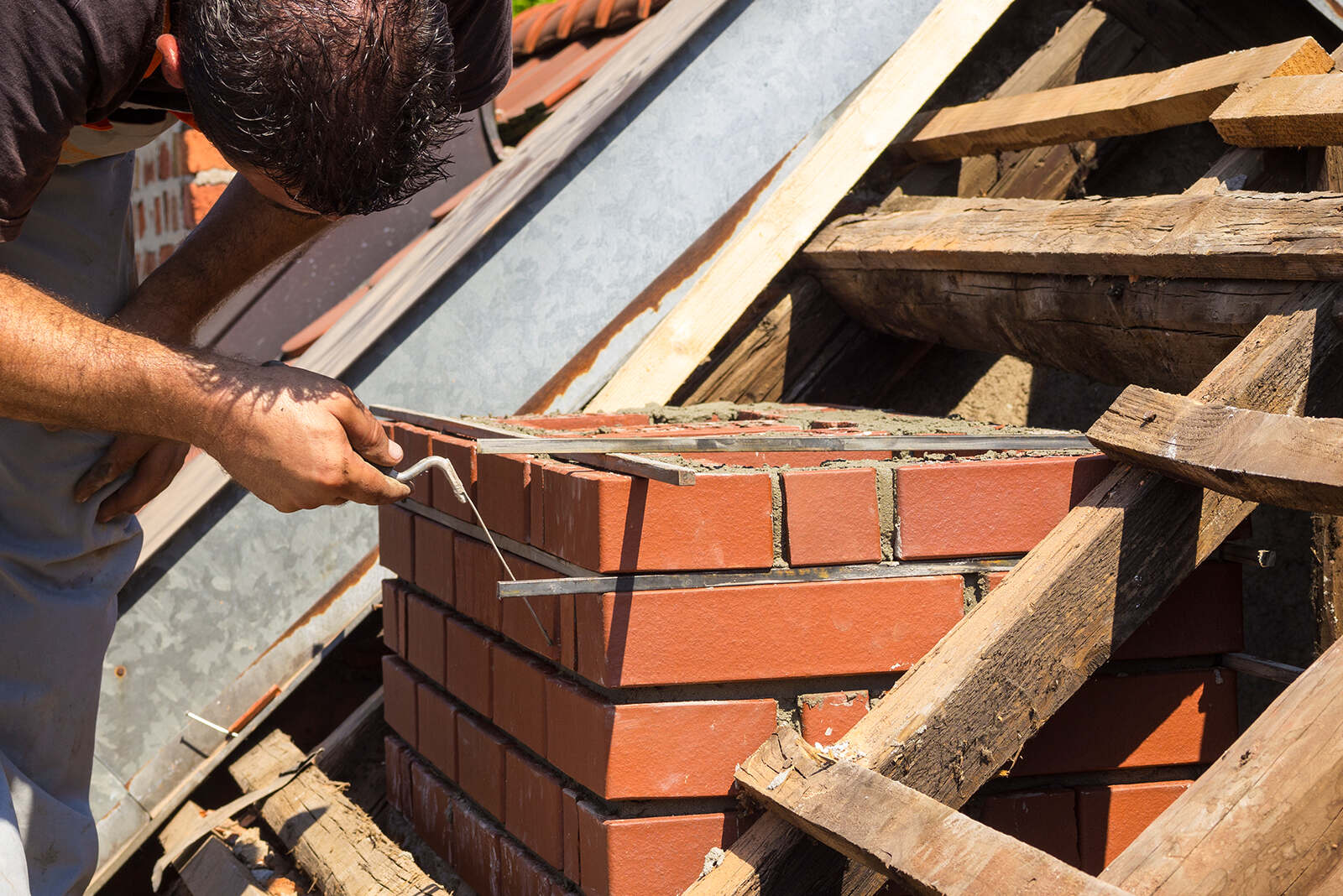
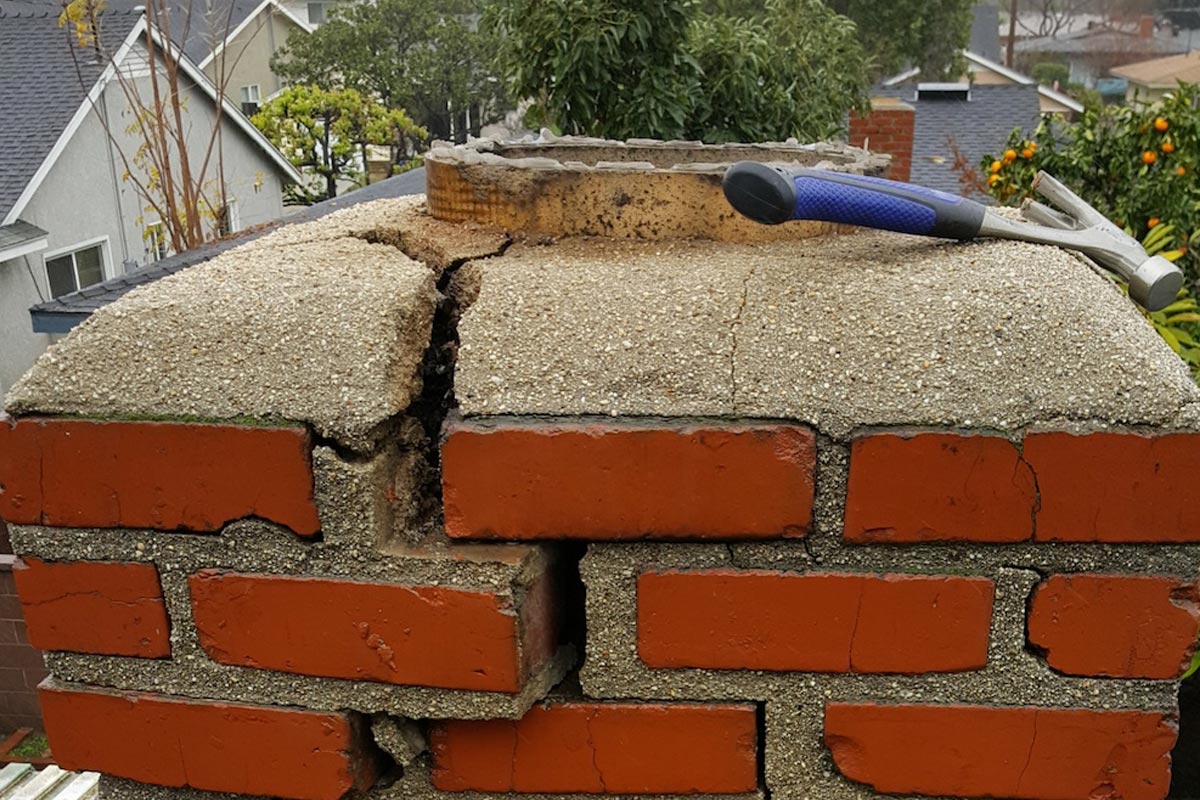
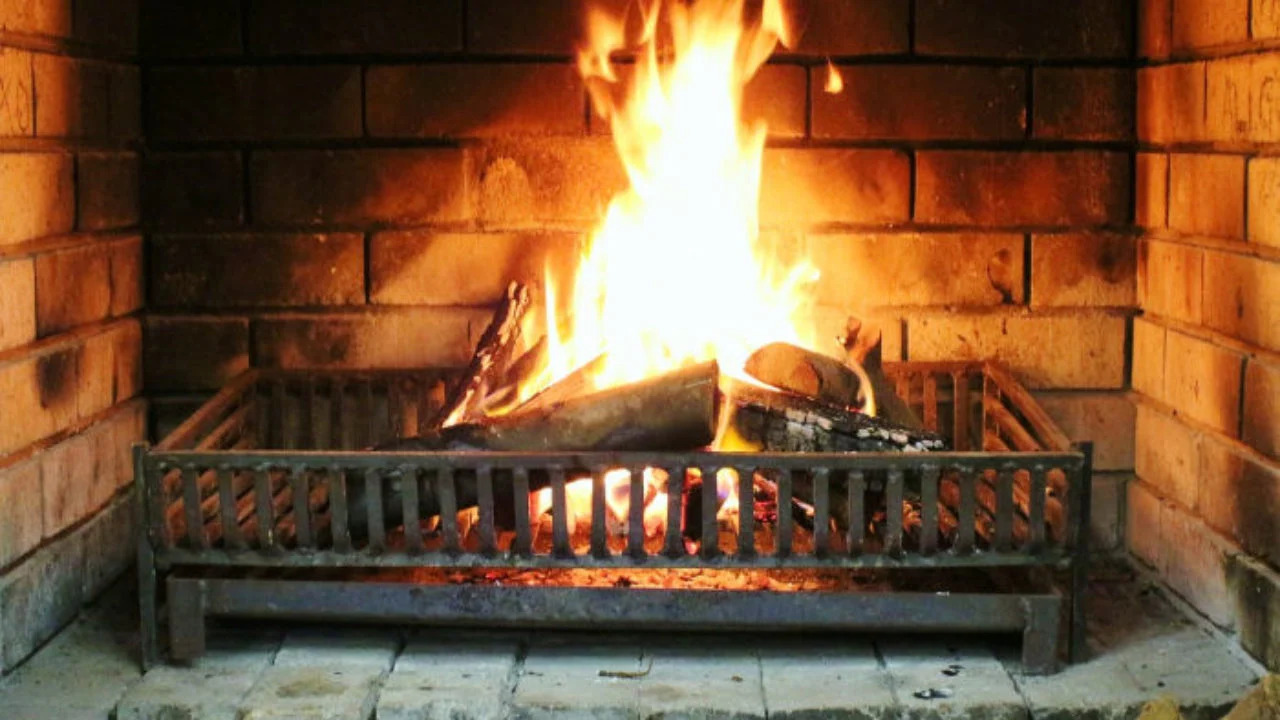
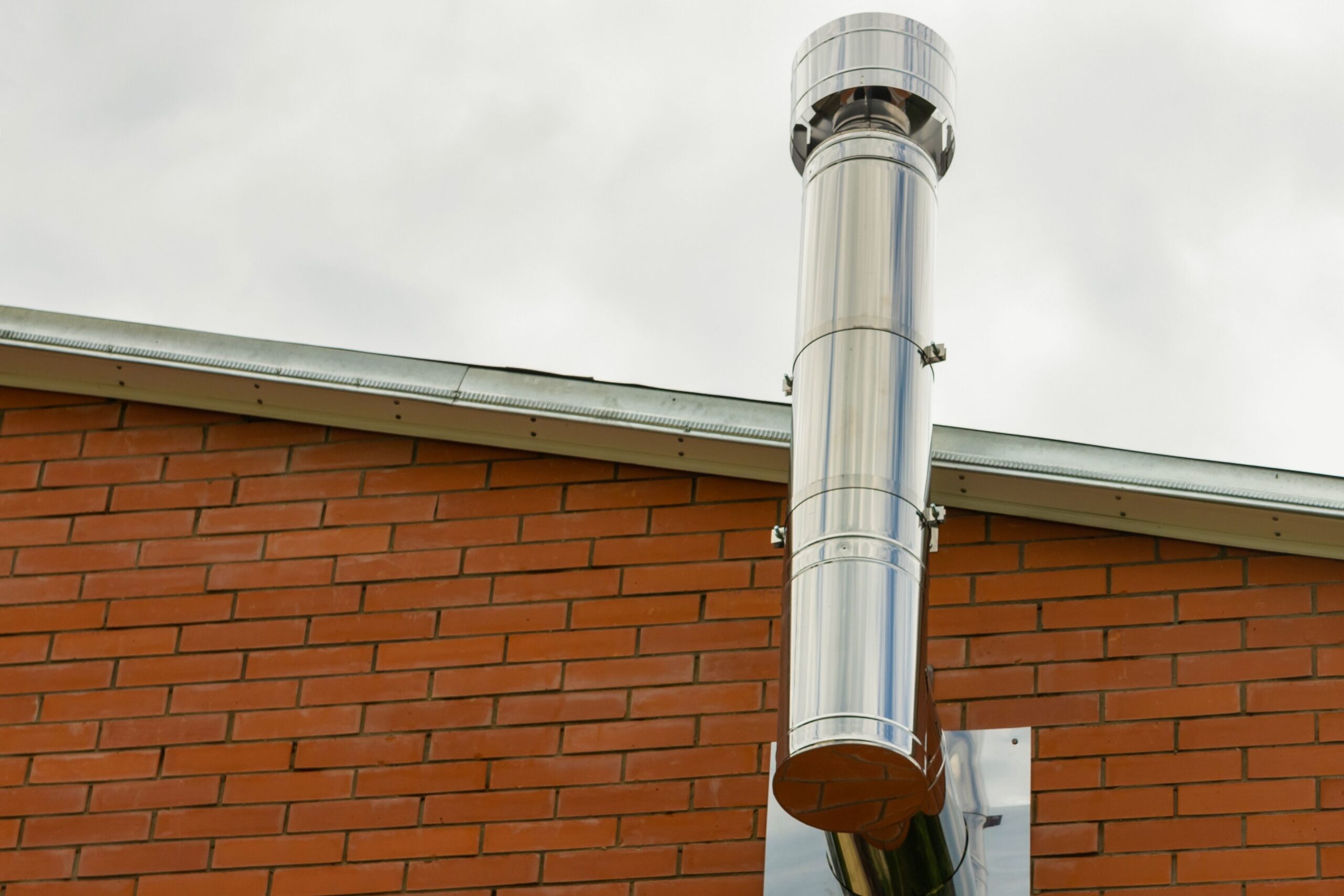

0 thoughts on “How To Block A Chimney Off”